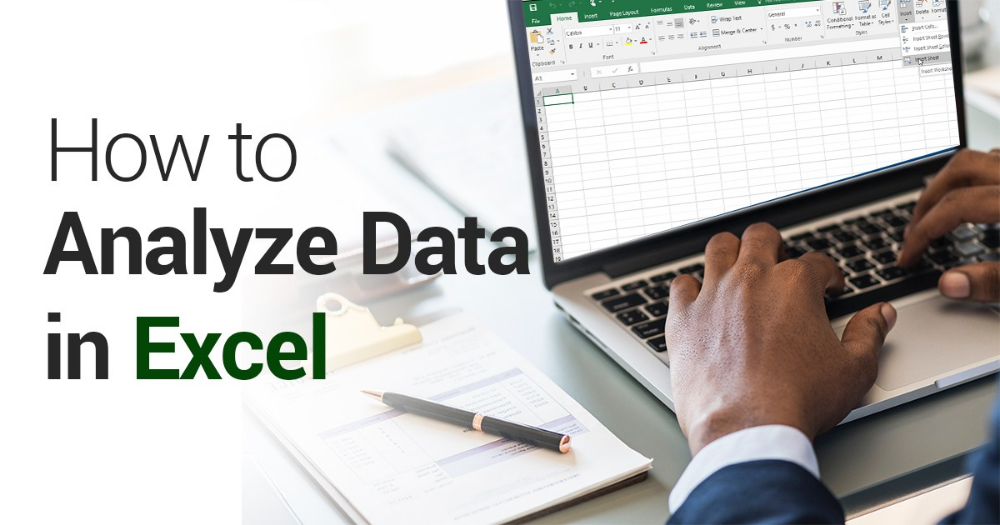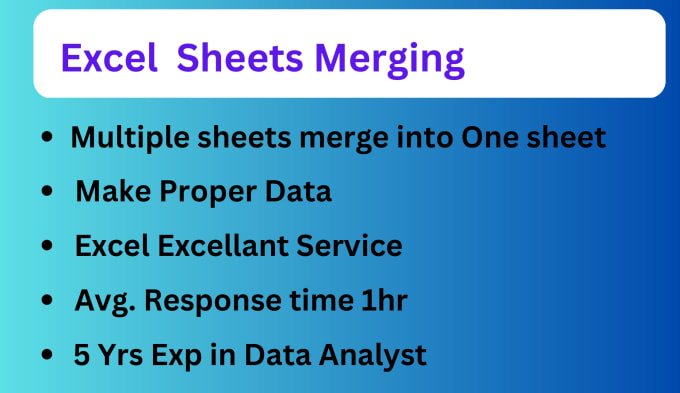5 Simple Ways to Extract Data from Excel Sheets

Excel is one of the most widely used tools for data management, offering powerful capabilities for handling vast amounts of information. Whether you're a business analyst, data scientist, or just managing household expenses, the ability to extract data from Excel sheets efficiently can significantly boost your productivity. Here, we will delve into five simple yet effective methods to extract data from Excel sheets, tailored to different skill levels and requirements.
Method 1: Using Excel Formulas


The simplest way to extract data from Excel is by using Excel’s built-in formulas. These formulas can be quite powerful:
- VLOOKUP or HLOOKUP: Use these functions to search for a value in the first column of a table and return a value in the same row from another column.
- INDEX and MATCH: These are often more flexible than VLOOKUP because they allow for both vertical and horizontal lookups.
- FILTER Function (Excel 365 and later versions): This function dynamically filters an array to return only the rows that meet your criteria.
🔎 Note: Excel formulas are dynamic, which means they automatically update when source data changes.
Method 2: Power Query


Power Query, part of the Excel suite since Excel 2013, revolutionizes data extraction:
- Connect to external data sources like databases, web pages, or even other Excel files.
- Clean and transform data with steps that can be recorded and repeated.
- Automatically refresh data with one click or through scheduled updates.
💡 Note: Learning Power Query can automate repetitive data extraction tasks, significantly improving efficiency.
Method 3: VBA Macros


For those with some programming knowledge, VBA (Visual Basic for Applications) offers extensive customization:
- Create macros to perform complex data extraction tasks automatically.
- Integrate with other Office applications to extend data manipulation capabilities.
- Macros can be saved and shared, making it easy to standardize data extraction across teams.
🧑💻 Note: While powerful, VBA requires knowledge of programming basics, so it might not be suitable for everyone.
Method 4: External Tools and Applications

| Tool Name | Description | Use Case |
|---|---|---|
| Openpyxl | A Python library for reading, writing, and modifying Excel spreadsheets. | When you need to script data extraction or integrate with other Python workflows. |
| Tableau | Data visualization tool that can connect directly to Excel for data extraction and analysis. | Best for visual data analysis and dashboard creation. |
| SQL Server Integration Services (SSIS) | Microsoft’s ETL tool for data integration tasks, including Excel extraction. | Large scale data extraction and transformation for enterprise environments. |

⚠️ Note: External tools require additional setup and may have a learning curve but provide robust data extraction capabilities.
Method 5: Manual Data Extraction


Sometimes, the most straightforward method is still effective:
- Select and copy data manually from one Excel sheet to another.
- Use sorting and filtering to locate specific data.
- Print or export data as PDF or other formats for non-Excel users.
📝 Note: Manual extraction is ideal for small datasets or when automation isn't necessary.
By understanding and utilizing these methods, you can significantly enhance your ability to manage and analyze data within Excel. Each method has its own set of advantages depending on your level of technical expertise, the volume of data, and your specific requirements. The key points to remember are:
- Excel Formulas are the starting point for most users due to their simplicity and dynamic nature.
- Power Query offers an advanced approach for data manipulation and automation.
- VBA Macros provide extensive customization but require programming knowledge.
- External Tools like Python libraries or business intelligence tools can take data extraction to the next level with sophisticated data processing capabilities.
- Manual Extraction remains a viable option for straightforward tasks or when dealing with limited data.
By leveraging these methods, you not only save time but also reduce errors and increase the reliability of your data-driven decisions. Whether you’re a novice or a seasoned data professional, there’s always a method here that can fit your needs.
Can I extract data from Excel to another application?

+
Yes, you can use Power Query, VBA Macros, or external tools like Python to extract data from Excel and integrate it with other applications like databases, BI tools, or even CRM systems.
Which method is best for automating data extraction?

+
Power Query and VBA Macros are excellent for automation. Power Query is easier for those with less programming knowledge, while VBA offers more control and customization.
Is it possible to extract data from multiple Excel files at once?

+
Yes, Power Query is particularly effective for this. You can set up queries to combine data from multiple files in a folder, updating them as new files are added.



